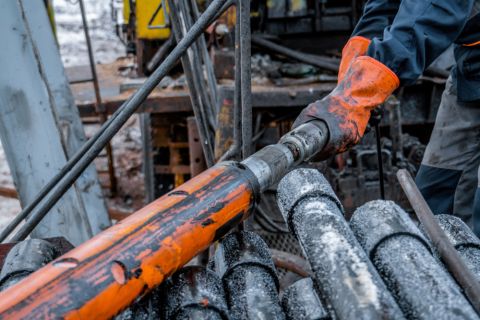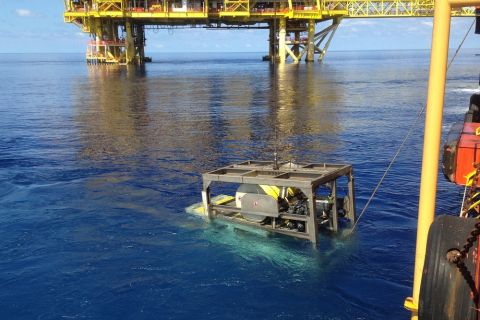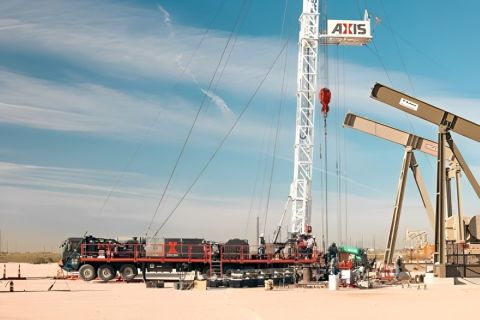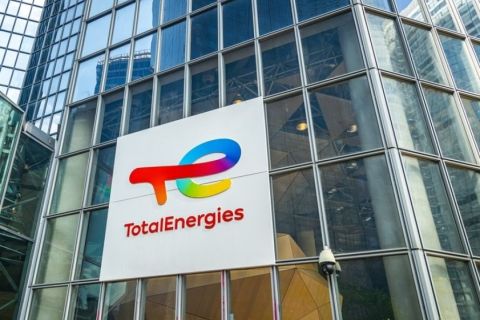U.S. oil and gas companies strained to get offshore operations back up and running on Sept. 2 as the extent of Hurricane Ida's damages became more apparent.
Ida's 150-mile-per-hour (240 kph) winds delivered a direct hit to the nation's energy infrastructure. About 80% of the Gulf of Mexico's oil and gas output remained offline in hundreds of platforms and rigs as energy firms struggled to complete aerial surveys and return workers because of damages to onshore terminals and base sites.
A few companies, including BHP and Murphy Oil, took first steps for restarting offshore production. But they were in the minority. Just 39 of the 288 platforms evacuated last week had received new crews by Sept. 1, according to the U.S. Bureau of Safety and Environmental Enforcement.
Some pipeline and oil processing facilities were able to resume operations. But most were hampered by power outages, lack of supplies and damages caused by the powerful winds. Port Fourchon, Louisiana, a vital center of offshore logistics, was left without power and water and its roads closed to all but emergency vehicles.
"The area is completely devastated," said Tony Odak, COO of Stone Oil Distributor, a top supplier of fuel to the offshore industry. His company was relocating some activities to western Louisiana as part of its recovery plan.
The storm's severity was brought into focus by damages suffered by a drill ship that was tossed by Ida's winds. Shaken crew members on Noble Corp.'s Globetrotter II appealed to the U.S. Coast Guard for help, which said it sent a cutter and aircraft to escort the vessel to port.
More than two dozen oil tankers scheduled to discharge imported crude for Louisiana refineries or load oil for exports anticipate delays, according to tanker tracking data and shipping sources.
Seven oil refiners that produce gasoline and other motor fuels could be out of operation for up to four weeks due to a lack of power and water. The storm knocked out plants in southeast Louisiana operated by Marathon Petroleum, Phillips 66, Valero Energy and PBF Energy.
"Like everyone else, we are waiting on the results of the utility's damage assessment and their plans for re-energizing the grid," said Michael Karlovich, a spokesman for PBF Energy, which shut its 190,000-barrel-per-day Chalmette, Louisiana, refinery on Aug. 29.
Refinery operators that safely idled facilities ahead of the storm face a dangerous and delicate task of firing up massive boilers and pressure vessels used to produce fuel.
U.S. Gulf offshore crude production accounts for about 16% of daily U.S. output. As of Sept. 1, 1.46 million barrels of daily production were offline, along with 1.9 billion cubic feet per day of natural gas production.
Recommended Reading
TGS, SLB to Conduct Engagement Phase 5 in GoM
2024-02-05 - TGS and SLB’s seventh program within the joint venture involves the acquisition of 157 Outer Continental Shelf blocks.
StimStixx, Hunting Titan Partner on Well Perforation, Acidizing
2024-02-07 - The strategic partnership between StimStixx Technologies and Hunting Titan will increase well treatments and reduce costs, the companies said.
Forum Energy Signs MOU to Develop Electric ROV Thrusters
2024-03-13 - The electric thrusters for ROV systems will undergo extensive tests by Forum Energy Technologies and SAFEEN Survey & Subsea Services.
Axis Energy Deploys Fully Electric Well Service Rig
2024-03-13 - Axis Energy Services’ EPIC RIG has the ability to run on grid power for reduced emissions and increased fuel flexibility.
TotalEnergies Rolling Out Copilot for Microsoft 365
2024-02-27 - TotalEnergies’ rollout is part of the company’s digital transformation and is intended to help employees solve problems more efficiently.





